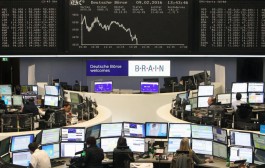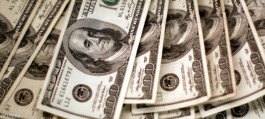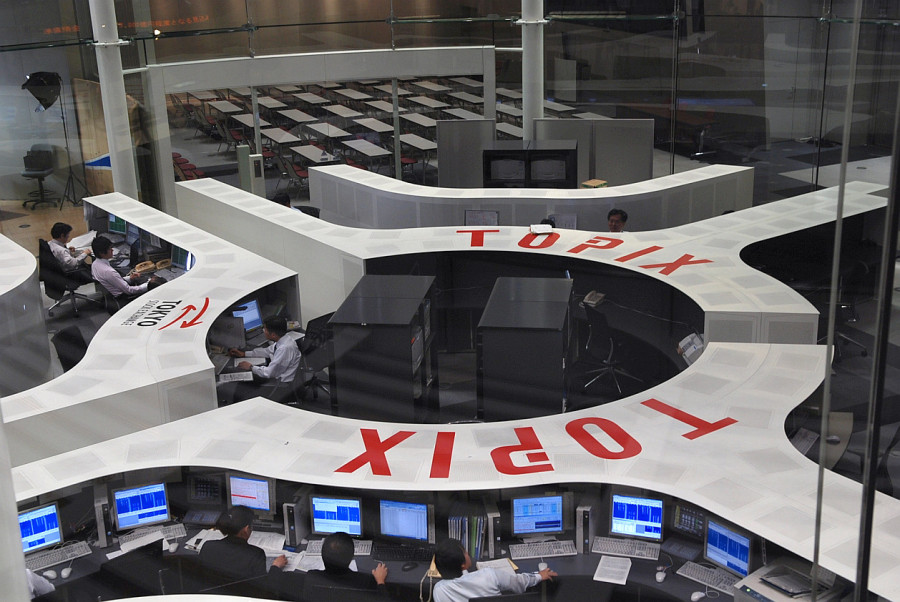The performance of Asian stocks was mixed on Thursday, after US stocks and Treasuries fell, as strong retail sales data cast new doubts about the possibility of the Federal Reserve cutting interest rates in March.
Australian stocks and mainland Chinese stocks fell, while Japanese and South Korean stocks rose. US futures traded within a narrow range early Thursday, after the S&P 500 and Nasdaq 100 indexes declined by 0.6% yesterday, Wednesday.
Further declines for Chinese stocks came on the heels of the CSI 300's worst day since August on Wednesday, weighing on emerging markets.
The sell-off in the world's second-largest economy followed disappointing economic reports and signals from Premier Li Qiang that the country would avoid massive stimulus to revive growth.
Negative expectation
A muted outlook for China and repricing of expected Fed cuts have wiped out 2% of global stocks this year, and recent weakness in the yen on the back of a stronger US currency has pushed the Japanese currency closer to 150 to the dollar.
Treasuries stabilized after more selling yesterday. The yield on two-year bonds, which are sensitive to monetary policy, rose 14 basis points, the largest single-day increase since June. The 10-year bond rose four basis points to above 4.1% for the first time in more than a month. Australian and New Zealand bond yields were also trading higher on Thursday.
Jason Draho, of UBS Global Wealth Management, said it was unlikely to be a smooth path for markets.
Draho added: Investors will debate the type of soft landing, the current stage of the economic cycle, and the macro economy, and the wide dispersion of views may now develop rapidly based on new data. Continue: This could lead to rapid and dramatic shifts in the market to price in changing consensus views.
A shift in investors' opinion
The decline in bond prices reflects a shift in investors' expectations for a rate cut in March. Pricing of the swap contracts shows that the chances of such a cut fell below 60% on Wednesday for the first time since mid-December, compared to less than 80% on Friday.
The decline came after comments from Federal Reserve officials this week, contradicting market expectations about impending cuts and stronger-than-expected retail sales data on Wednesday. Abundant consumer spending has helped propel the economy in recent weeks, the Fed said in its Beige Book poll.
The dollar fell today, Thursday, after the rise in the previous session pushed the US currency index to its highest level in one month. On the other hand, the Australian dollar reversed its previous losses, as data showed employment suddenly falling in December, halting four months of gains.







































